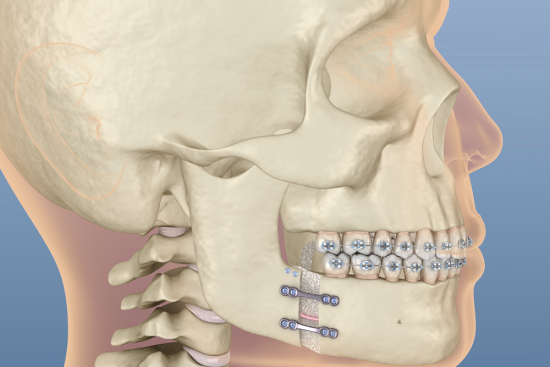Orthognathic surgery is a specialized maxillofacial surgical procedure designed to correct abnormal jaw positions. It restores facial harmony and optimizes chewing function by repositioning the jaws.
In Turkey, this surgery can be performed before, during or after orthodontic treatment, depending on the needs of each patient.
Jaw surgery cost in Turkey
The cost of orthognathic surgery in Turkey depends on several factors: the type of malocclusion, the technique used, any additional procedures (bone grafts, etc.).
Our experienced surgeons in Istanbul, Izmir, Ankara, Antalya and Bursa can provide you with customized solutions. Request your free quote and benefit from a free online consultation for all your questions.
Smile with confidence thanks to oral surgery in Turkey. Benefit from recognized expertise at attractive prices.








